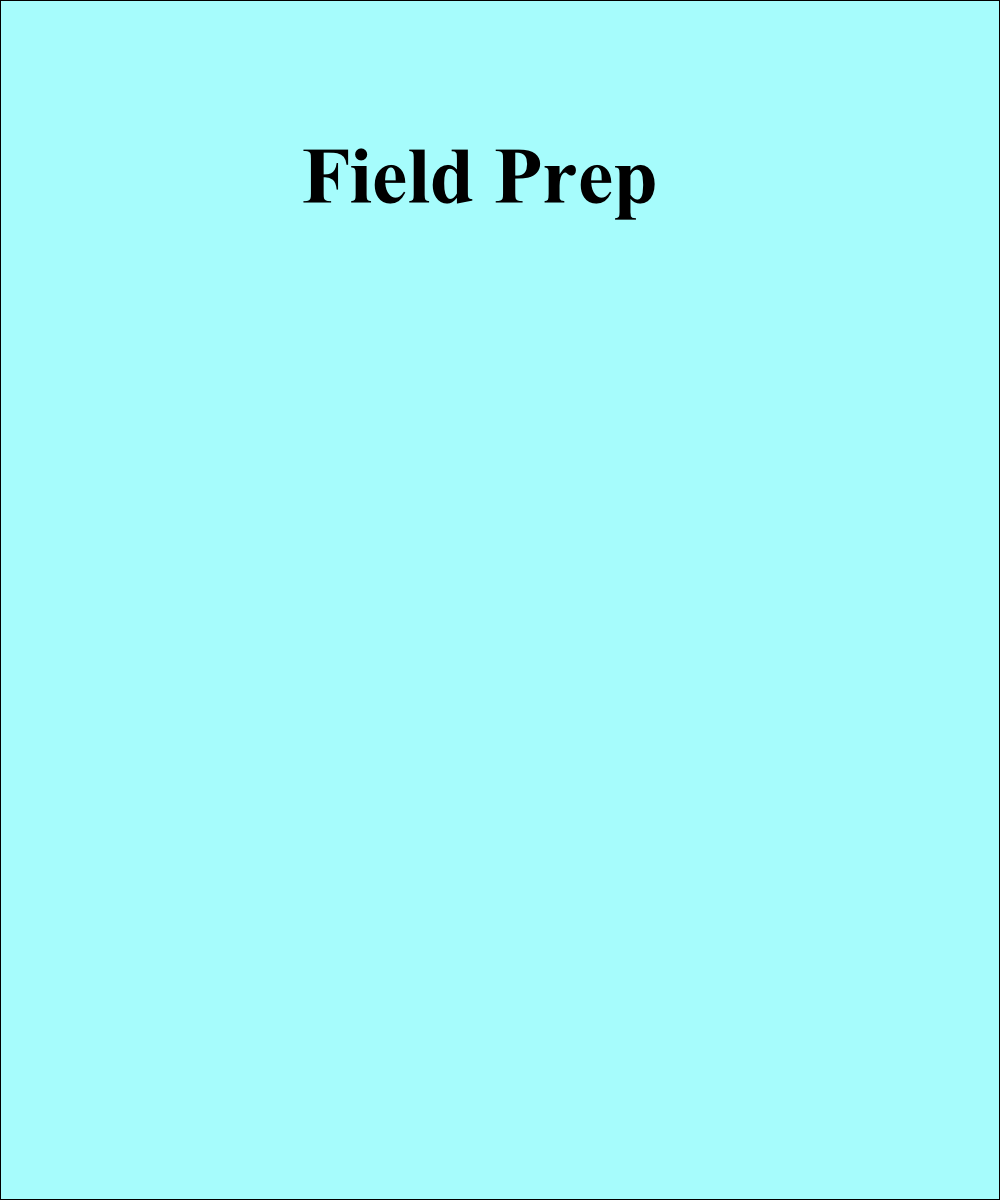
Caping, the process of skinning out a trophy animal, is best left to the taxidermist. Their experience skinning, especially the delicate nose, mouth, eyes, and ears, is invaluable toward producing a quality mount. Damage to a hide is costly to repair. Some types of damage simply can not be “fixed” by the taxidermist.
Many trophies are ruined in the first few hours after death. As soon as the animal dies, bacteria begins to attack the carcass. Warm, humid weather accelerates bacterial growth. In remote areas, or areas not near your taxidermist, a competent person may be required to cape out the hide in order to preserve it.
Every taxidermist has a preferred method of caping a hide. Contact your taxidermist prior to your hunt in order to get instructions on their caping requirements. That being said, however, the following techniques are generally acceptable.
Skinning Life-
There are two major methods of skinning for a large life-
The Flat Incision
The flat incision is used for rug mounts and for a variety of poses. The areas to be cut are shown in Figure 1. Make these slits (cutting the feet free from the carcass) and pull the skin off the carcass. The head is detached as with the shoulder mount
Caping for a Shoulder Mount
1. With a sharp knife, slit the hide circling the body behind the shoulder at approximately the mid-
2. Peel the skin forward up to the ears and jaw exposing the head/neck junction. Cut into the neck approximately three inches down from this junction. Circle the neck-
Note. When field dressing a trophy to be mounted, don’t cut into the brisket (chest) or neck area. If blood gets on the hide to be mounted, wash it off with snow or water as soon as possible. Also, avoid dragging the deer out of the woods with a rope. Place it on a sled, rickshaw, or 4-
Flat Incision Illustration
Note: If you can’t take your hide immediately to a taxidermist, freeze it to your taxidermist’s specifications.
The Dorsal Method
The dorsal method of skinning involves a long slit down the back(from the tail base up into the neck.) The carcass is skinned as it is pulled through this incision. The feet/hooves and the head are cut off from the carcass as with a shoulder mount explained in the next frame. Only use this method with approval and detailed instructions from your taxidermist. Use this method only when the skin can be frozen quickly after skinning.



